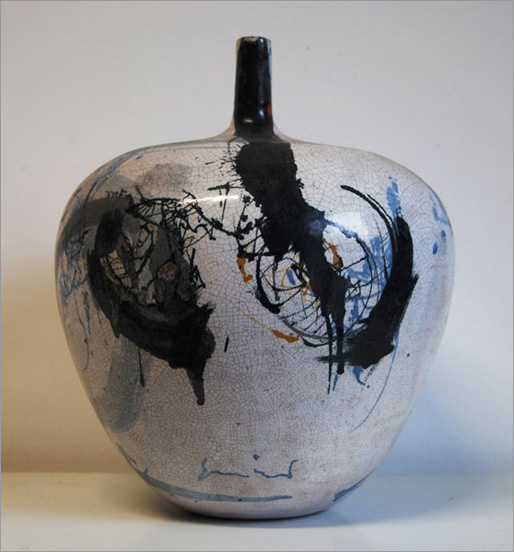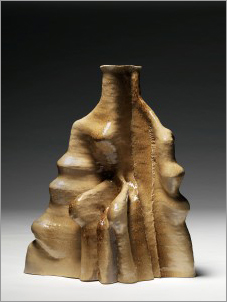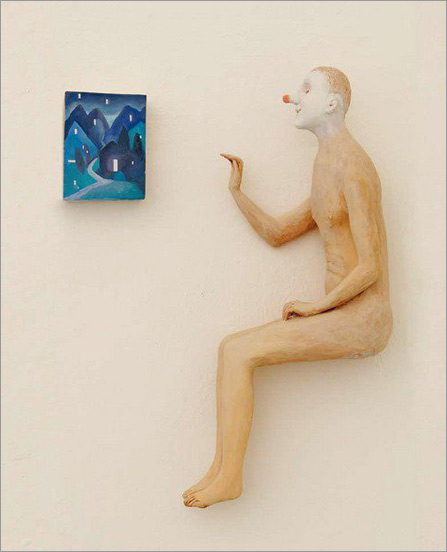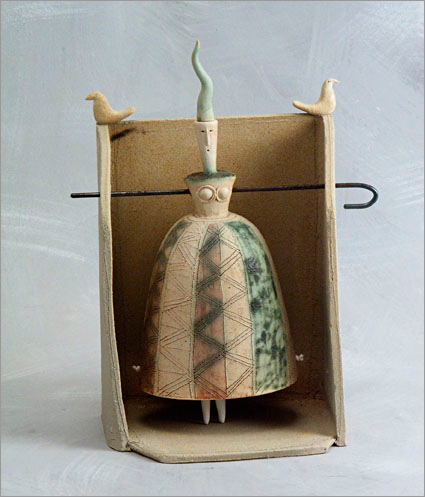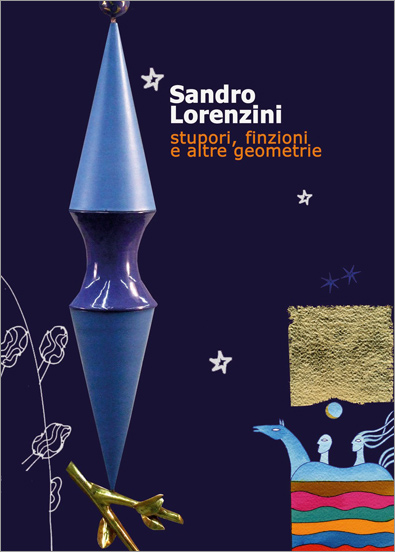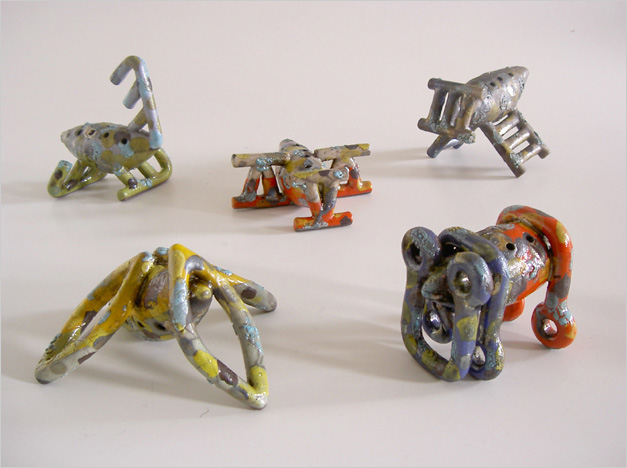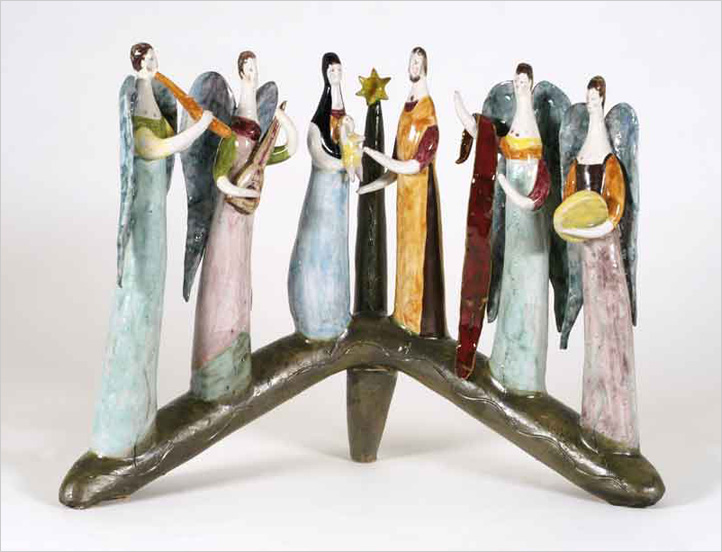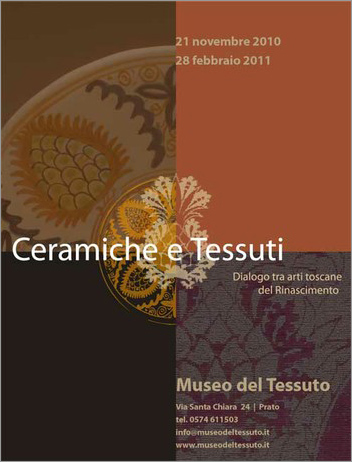Mar. 26 – Apr. 12, 2011
Naples, Italy
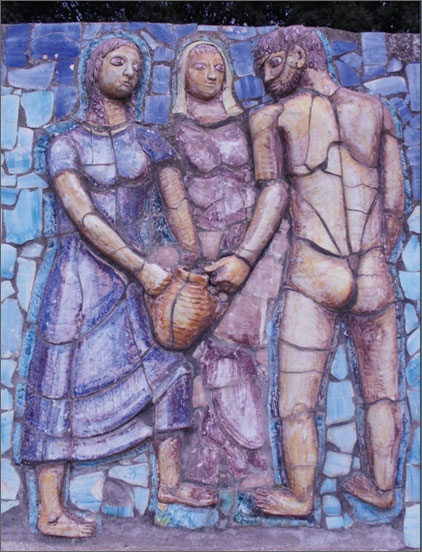 Giuseppe Macedonio’s (1906-1986) solo exhibition is about to start in Naples, in the beautiful setting of Castel Dell’Ovo.
Giuseppe Macedonio’s (1906-1986) solo exhibition is about to start in Naples, in the beautiful setting of Castel Dell’Ovo.
For the very first time a large number of the artist’s works – some unpublished – have been gathered to highlight his contribution to Neapolitan ceramic art throughout the 20th century.
The focus is on his architectural pottery: furniture and decorative ceramic sculptures, large vases and many large works made for public areas and monuments.
Macedonio learnt to make pottery as a young kid, serving his apprenticeship with renowned ceramicists in Naples and Vietri sul Mare, where he worked at the ICS, the company founded by Max Melamerson. In Vietri the artist learnt most of the pottery making techniques and met the German ceramic artists who had settled in the city and were to revive its fame.
In 1938 he founded his own workshop “I due fornaciari” in Naples, together with Romolo Vetere, a fellow artists and sculptor. A most important experience for Macedonio, who focused his talents on pottery sculptures and large panels.

